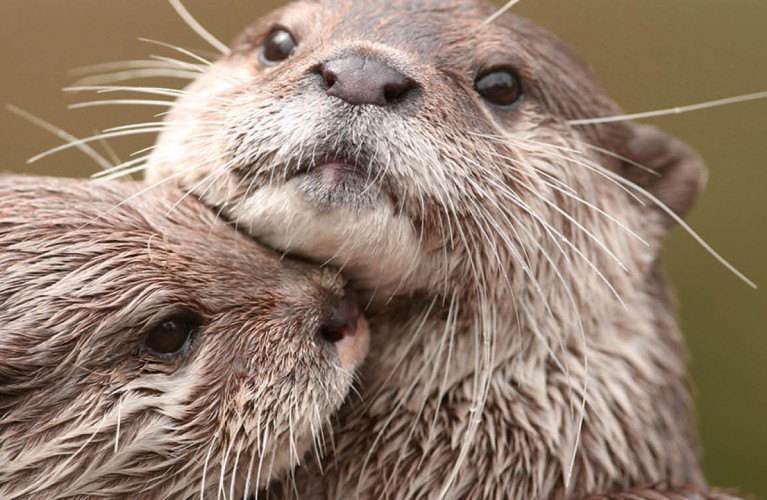(Lutrinae) are a subfamily of carnivores of the Mustelidae family, known by the common name of otters. There are 13 species of otters divided into 6 genera, with an almost global distribution area. All otters have a thin and flexible body with short legs. Most have sharp claws for grabbing prey. Fish is the main food in the diet of otters, along with frogs, lobsters and crabs. Fur is not enough to survive in the cold waters where many otters live: otters therefore have very high metabolic rates and burn many calories for energy. Eurasian otters, for example, must eat 15% of their body weight per day; sea otters, even 20-25%, depending on the temperature in which they live. This makes them very vulnerable, most of them hunt for 3-5 hours a day.
